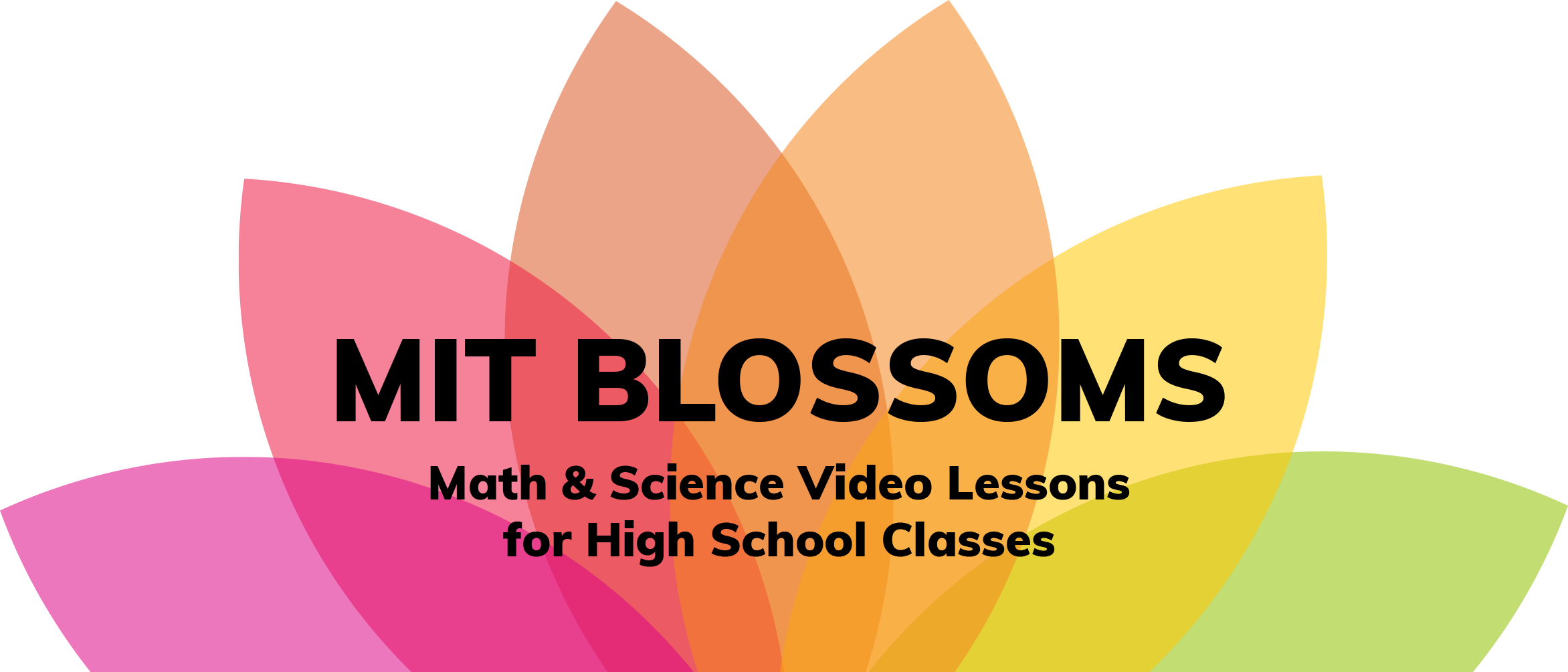Notes to teacher: You have the choice as to how much of this project is done in class and how much as homework, after class, with student teams interacting virtually. Our preference is for much of it to be in class during the same time period each day, with your role the majority of the time not as lecturer but as mentor and supportive guide. We recommend that each team provide a short (5 minutes or less) verbal progress report to the class every Friday. Then allow a few minutes for class discussion after each report.
Week 1. Launch, Discuss and Organize.
Day 1: Students view short video guide to the Tragedy of the Commons, followed by students experiencing the full BLOSSOMS video lesson Tragedy of the Commons.
Days 2, 3, 4. Teacher: Read Sections 1 and 2 of the Conversation Guide and proceed accordingly. You want an active and engaged discussion of the metaphor of Tragedy of the Commons. Student teams are created (3 or 4 per team) and the discussion of topic area(s) will commence. Expect to have to manage the issue of multiple teams doing the same problem. From the Conversation Guide, you see that teams doing the same problem can either compete and operate separately, or collaborate, with each team tackling a fraction of the total problem. Allow Team time on Day 4 for each team to discuss among themselves topic selection. Teams are directed to keep track of their work’s progress in a Student Copy Task Log explained in PBL Tools.
Day 5. This is the day for first student Team progress reports. Each team should report on their current thinking and how they plan to commit to a particular problem. You should expect a brief definition of the problem and overall approach. Teams formally now start a literature review as part of their final product.
Week 2. The Problem: Research, Describe and Structure Approach.
Each Team does background research and information gathering to give them the knowledge they need to proceed and be successful. Teacher, Refer to Part 4 of Conversation Guide: You could arrange in-class week so that Days 1 and 2 are primarily library work and web-based search work. Many useful publicly available references are on the original BLOSSOMS web site, under “Additional Online Resources.” Teacher keeps track of team interviews with Teacher Copy: Team & Local User Contact List. Teams keep track of their work’s progress through the Student Copy Task Log explained in PBL Tools. In day 3 students seek to identify sources of data and softer contextual information. Day 4 would be flexible, depending on each Team’s situation, and may include identifying local stakeholders to contact, local scenes to photograph or video, etc. Day 5 is weekly progress reports, with lots of discussion since each team will be at a critical problem-definition and problem approach part of their work.
Week 3. Work, Work, Work!
This is the week of substantial progress. The teams need time and space to work together and – on occasion separately, as each team member has her own responsibilities to her team. Teacher: Expect issues to arise here, as sometimes a team may go down a dead end and become discouraged. Or, some teams may complain that one of their team members is not carrying his fair share of the work. This week, your mentorship and encouraging guidance are key to successful marching forward. Team may need your suggestions on certain technical issues, such as (1) identifying appropriate “measures of effectiveness” for the problem they are addressing, or (2) identifying alternative courses of action to make their system more robust and sustaining, away from failure associated with resource overuse and abuse. Teams keep track of their work’s progress through the Student Copy Task Log. Expect a lively Day 5, the weekly Progress Reports.
Week 4. Refine, Refine, Refine!
This is the second of two weeks of students’ hard work, dedicated efforts. By Day 1 of this week, each student Team should have a first-pass idea of their primary suggestions for system improvement. But they will search for more backup information, supporting data, and seek to identify local stakeholders to contact and perhaps interview. Team members may not be in agreement on recommendations, and you may have to intervene to help work out a consensus viewpoint.
Teacher: Refer to Section 5 of the Conversation Guide. This is the week that the student Teams check out the four alternative mathematical models on the BLOSSOMS web site (simulation is currently disabled), and determine if any of these fit with their problem. If not, they are invited to suggest an alternate model. Teams keep track of their work’s progress through the Student Copy Task Log. Teams also add their thinking on math models to the report and presentation.
Week 5. Final Reports, Written and Oral
Teacher, for what we are looking for, refer to Section 6 of the Conversation Guide: Days flexible here, depending on circumstances. Final reports and oral presentations. To the extent possible, the oral presentation should be done after class, perhaps early evening, with parents and stakeholders invited. This final event is lightly described in PBL Tools.

